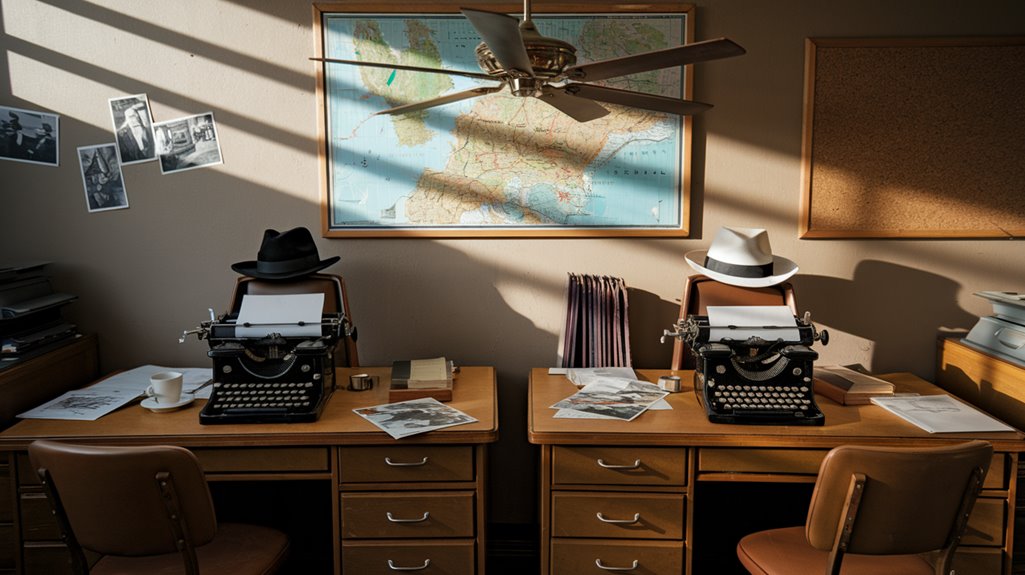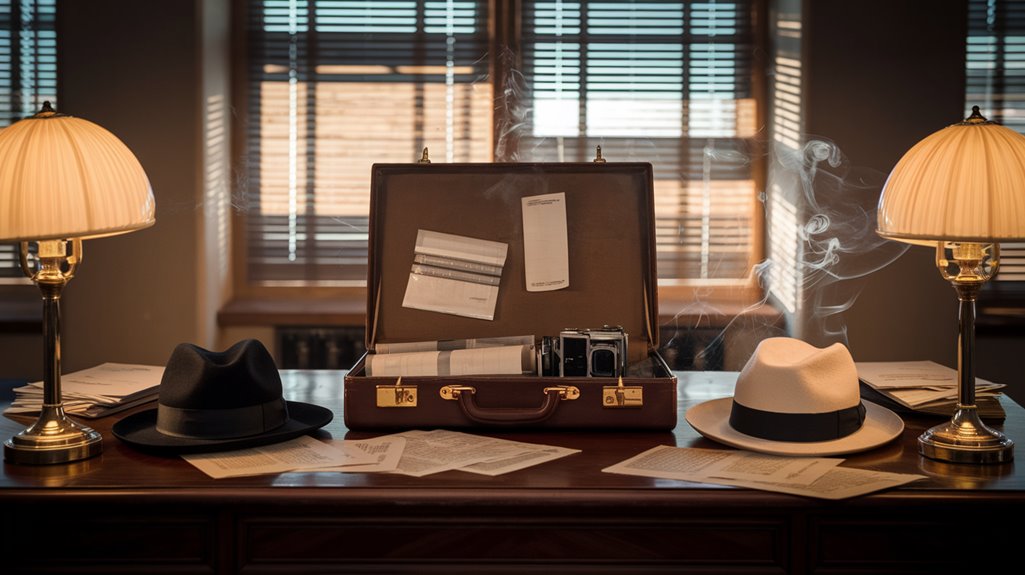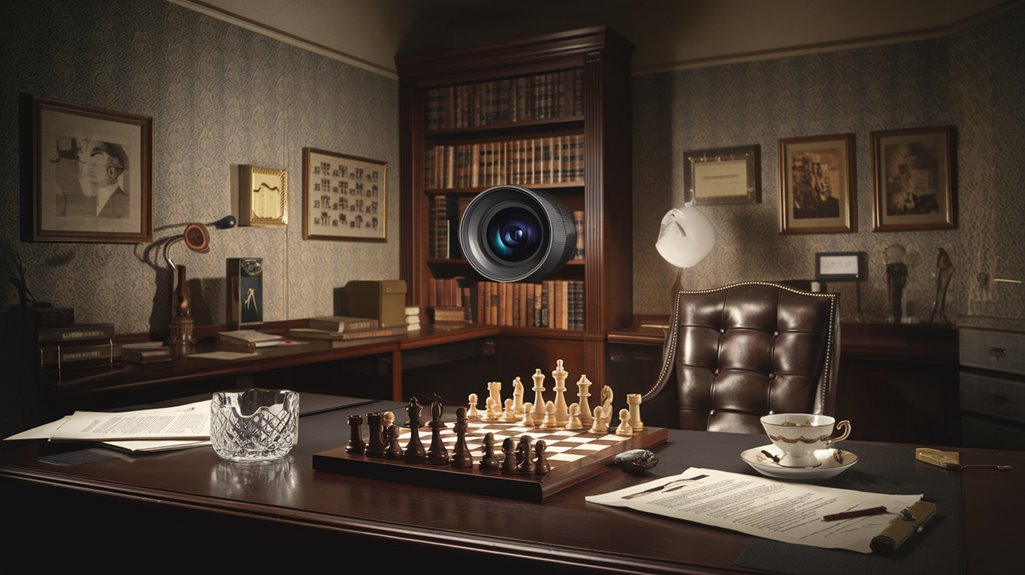Spy vs. Spy: The Real Feud That Inspired 007’s Nemeses
You've likely heard of James Bond's iconic encounters with villains like Goldfinger and Blofeld, but these fictional adversaries stem from a very real and deadly game of cat-and-mouse. During the Cold War, CIA and KGB operatives engaged in elaborate duels of wit and will, creating a template for the spy-versus-spy narratives that are familiar to us today. While 007's gadgets and encounters might seem fantastical, they're often pale reflections of actual espionage tactics used by both agencies. From dead drops in Berlin to double agents in Moscow, the true stories behind these rivalries prove more compelling than their silver screen counterparts.
The Birth of Cold War Espionage

As World War II drew to a close, a new type of warfare emerged between the United States and Soviet Union – one fought not on battlefields but in the shadows.
You would've witnessed the rapid formation of intelligence agencies on both sides: America's CIA in 1947 and the Soviet Union's KGB in 1954.
These organizations quickly developed sophisticated espionage techniques, from aerial reconnaissance to hidden surveillance devices. The stakes couldn't have been higher, as proven by the infamous Rosenberg spies who were accused of passing atomic secrets to the Soviets. The constant threat of nuclear war made gathering intelligence about military capabilities absolutely crucial.
The intensity of this rivalry sparked a global intelligence arms race. Scientists like Klaus Fuchs played pivotal roles in passing critical atomic secrets to the Soviet Union.
While the CIA focused on infiltrating foreign adversaries, the KGB masterfully planted double agents in U.S. government agencies.
Each side raced to develop better tools, recruit more spies, and gain the upper hand in this dangerous game of cat and mouse.
KGB Vs CIA: High Stakes
Throughout the Cold War, the CIA and KGB engaged in a deadly chess match where a single miscalculation could reshape the global balance of power.
KGB operations mastered the art of infiltration, as evidenced by their success with the atomic spies and the Cambridge Five, while CIA tactics evolved from early stumbles into sophisticated counterintelligence efforts. The personal toll on spies was immense, with many experiencing what Klaus Fuchs described as controlled schizophrenia.
You'd find both agencies wielding an arsenal of espionage tools: the KGB excelled at "active measures" like propaganda and disinformation, while the CIA focused on building international alliances and developing technical intelligence capabilities. The U-2 spy plane incident in 1960 marked a significant diplomatic crisis when the Soviets successfully shot down an American reconnaissance aircraft.
The stakes couldn't have been higher – from the KGB's ingenious "Thing" that bugged the U.S. Ambassador's office to the CIA's efforts to expose Soviet spy networks through the Venona Project.
Each victory or failure in this shadow war could mean the difference between national security and catastrophic compromise.










